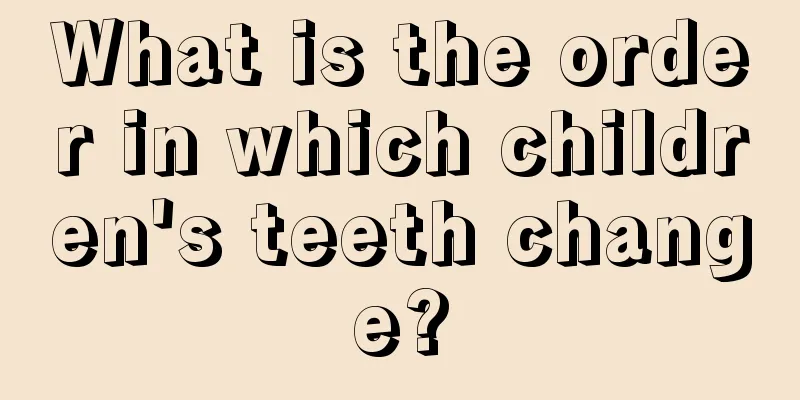Baby's lips turn purple when crying

|
If a child's lips turn purple when crying, parents must pay special attention, because this is likely a symptom caused by congenital heart disease. As for congenital heart disease, it must be discovered and treated early, which will be of great benefit to the health of the child. Below, we will introduce to you in detail the treatment methods of congenital heart disease! 1. Choose the right treatment Generally, only a few types of congenital heart disease can recover naturally. For others, complications will gradually increase and the condition will gradually worsen with age. The choice of treatment and the correct timing of surgery mainly depend on the scope and degree of congenital heart malformation. Simple and mild malformations such as atrial septal defect and simple pulmonary valve stenosis have no obvious effect on hemodynamics if the defect diameter is small, and no treatment is required for life. Severe congenital heart diseases such as complete transposition of the great arteries or hypoplastic left heart syndrome must be treated with surgery immediately after birth or the baby will not survive. 2. Congenital heart disease cases under conservative observation. (1) Patients with a small diameter secundum atrial septal defect and no tendency to pulmonary hypertension can be observed to undergo surgery again at the age of 3 to 5 years; (2) Membranous ventricular septal defects with a diameter of less than 4 mm have little effect on cardiac function and are likely to close automatically, so they can be observed until the age of 3 to 5 years. If the ventricular septal defect still fails to close, surgical treatment should be considered. Since ventricular septal defect may induce bacterial endocarditis, and the safety of surgical operation is very high, it is not recommended to wait for a long time. (3) Aortic valve stenosis with a transvalvular pressure gradient less than 40 mmHg or pulmonary valve stenosis with a transvalvular pressure gradient less than 60 mmHg. The prerequisite for conservative treatment of these cases is that they must undergo more than two cardiac ultrasound examinations in a hospital with a high level of congenital heart surgery treatment. In addition, regular follow-up observations and necessary examinations are required during the observation period to avoid misdiagnosis and loss of treatment opportunities. 3. Choose the right time for surgery Choosing the right time for surgery is the key to successful congenital heart disease surgery and a good prognosis. Currently, there are several main factors that determine the timing of surgery: (1) Pathological characteristics of congenital heart disease and its impact on hemodynamics Generally speaking, the more complex the deformity, the greater the impact on hemodynamics, and the earlier surgical treatment should be performed. (2) Progression of secondary pathological changes: For left-to-right shunt congenital heart disease, surgical correction should be performed before pulmonary vascular obstructive changes occur. Cyanotic and obstructive congenital heart disease should be treated with surgery before severe myocardial hypertrophy and fibrosis occur. |
<<: Baby's lips turn purple when crying
>>: What to eat for children with anemia
Recommend
How long is it best for newborns to be exposed to the sun?
The arrival of a baby makes many people very happ...
What's going on if my baby has white discharge from his vulva?
If it is an adult woman, some white secretions wi...
What are the causes of enuresis in children? This is the truth!
There are many reasons for enuresis in children. ...
Why does a child’s anus become red and itchy?
The human anus is also a very hidden place. This ...
Do newborns need calcium supplements?
Calcium is a particularly important element for t...
Facial neuritis in children
Facial neuritis in children is a symptom with a r...
Why does my baby have uneven breathing when sleeping?
Every parent hopes that their child can grow up h...
What are the benefits of soaking your child's feet in mugwort leaves?
What are the benefits of soaking children’s feet ...
Is the pediatric emergency room infectious?
Roseola infantum is a common disease among childr...
My baby has a lot of small red spots on his body. What's going on?
Adults are very concerned about children's he...
What should I do if my 4-year-old child has sinusitis?
Clinically, rhinitis is a recurring disease. If w...
What should I do if my baby has indigestion?
Some babies have spleen and stomach disharmony. E...
What should I do if my child is afraid of people and timid?
It is a very common phenomenon in life that child...
The harm of early education cards to children
Nowadays, parents don’t want their children to be...
Can childhood asthma be eradicated?
Asthma is a disease that occurs frequently and ha...









